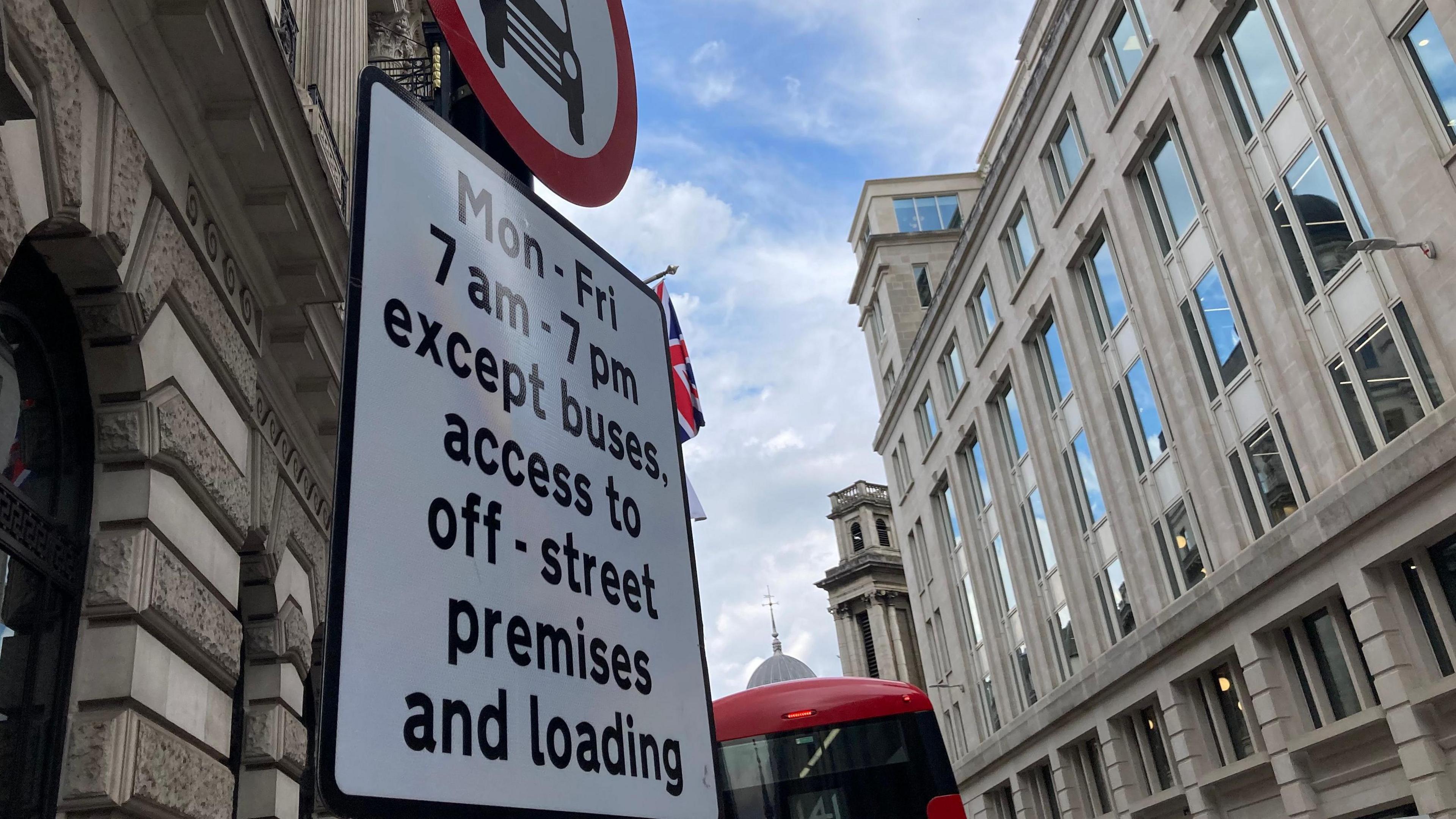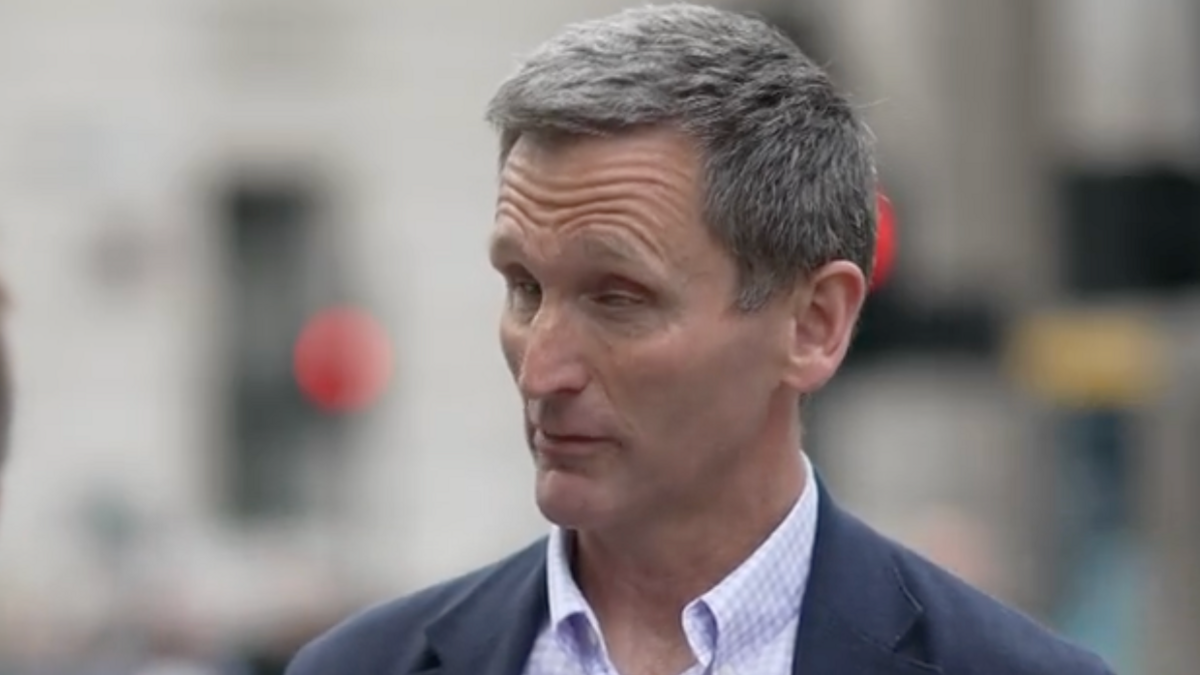Will taxis be allowed back at Bank junction?

The restrictions were introduced after protests were held
- Published
A decision on whether taxis should be allowed to use all of one of London's busiest junctions is set to be made later.
Restrictions were introduced to Bank junction in 2017 after a cyclist died there and more than 100 people were injured.
At the time, it was the most dangerous junction in the Square Mile.
Now, the changes, which allow only buses, cyclists and pedestrians to use all of the junction's roads, have reduced causalities to "virtually nil".

Ying Tao was a Chinese national working in London
In 2015, Ying Tao, a 26-year-old female cyclist, was killed when she was hit by a lorry turning at the junction.
Following her death a protest was held at the junction, and months later more than 13,000 people signed a petition calling for lorries to be banned during rush-hour.
Currently, only buses and pedal cyclists are allowed to cross it or travel westbound on Cornhill between 0700-1900, Monday to Friday.
As part of a review of the junction, external, City of London officers said the changes made in 2017 had reduced collisions to "virtually nil", with only one collision in the 11 months up to November 2023.
The document said there was "mixed anecdotal evidence on the economic impact" of the taxi restrictions.
"There is a clear strength of feeling amongst taxi drivers and passengers for a change at Bank," it says.
"The review of the traffic restrictions has found no strong transport grounds for making a change to the restrictions to allow taxis during restricted hours."

Restrictions were introduced in 2017
The officers said a change could be pursued based on "equality concerns" for those most reliant on taxis as an essential mobility aid and that anecdotal evidence of the economic impacts the Bank restrictions and their effect on the perception of the City as a business centre and visitor destination should be considered.
The officers added the arguments were "finely balanced" but as the law said the "expeditious, convenient and safe movement of vehicles and pedestrians" should be prioritised, it recommended no changes should be made.
'Can't be right'

Lord Holmes of Richmond, who is blind, said taxis should be allowed to use the junction
Lord Holmes of Richmond, who is blind, said taxis should be allowed to use all of the junction.
"For blind people, for anyone who has access needs, if they want a point-to-point journey for leisure, for tourism, for work, they are effectively barred from this part of the City," he said.
"That can't be right for equality, it can't be right for our economy."
But Tom Fyans, from London Cycling Campaign, said he wanted the junction to stay as it was.
"The whole area just feels a lot safer for pedestrians for everybody around," he said.
"It's a great place to hang out, to eat. Economically it has been beneficial and environmentally it's great.
"So we just don't want to see a backward step; we need to go forward in this city around green and active travel, not backwards."
The City of London Common Council is due to meet later.
Traffic to be banned from Bank junction
- Published16 December 2016
Bank junction ban 'halves casualties'
- Published14 May 2018
Related internet links
Listen to the best of BBC Radio London on Sounds and follow BBC London on Facebook, external, X, external and Instagram, external. Send your story ideas to hello.bbclondon@bbc.co.uk, external